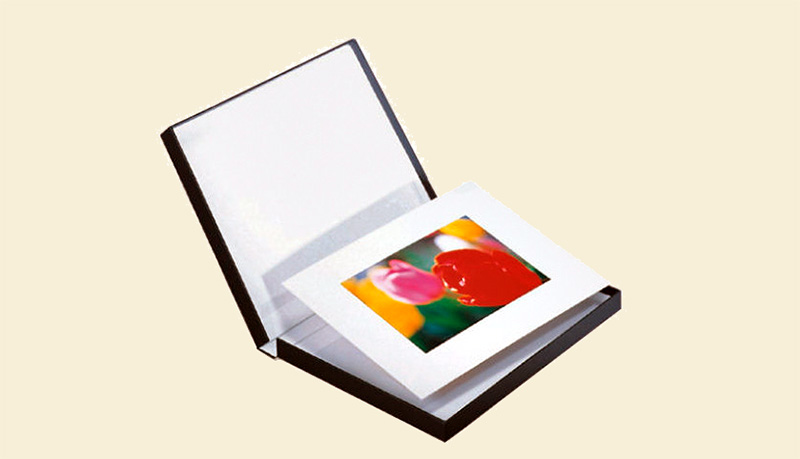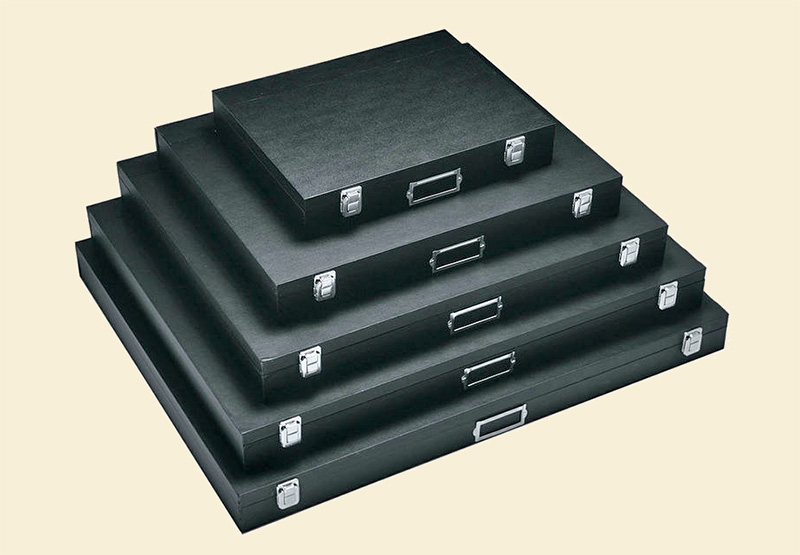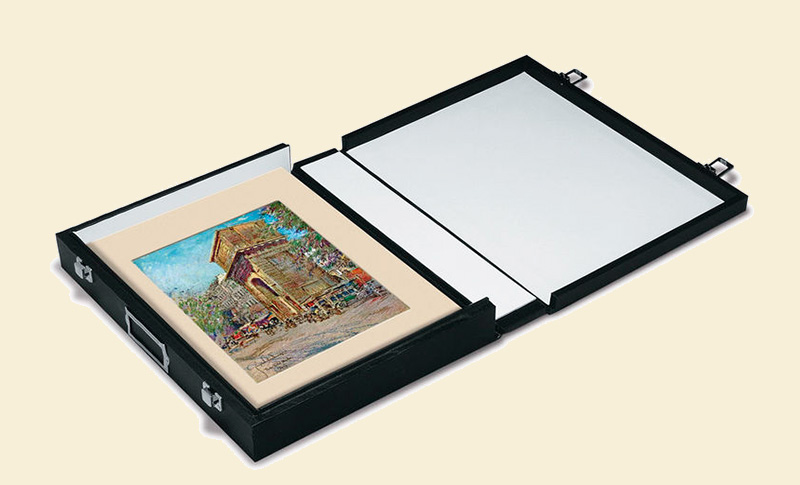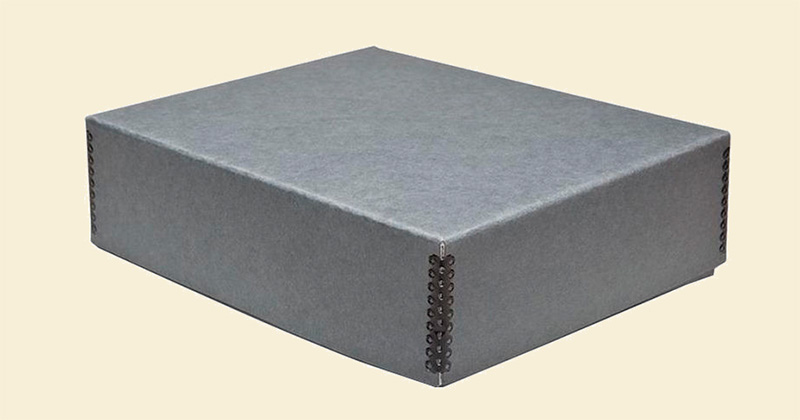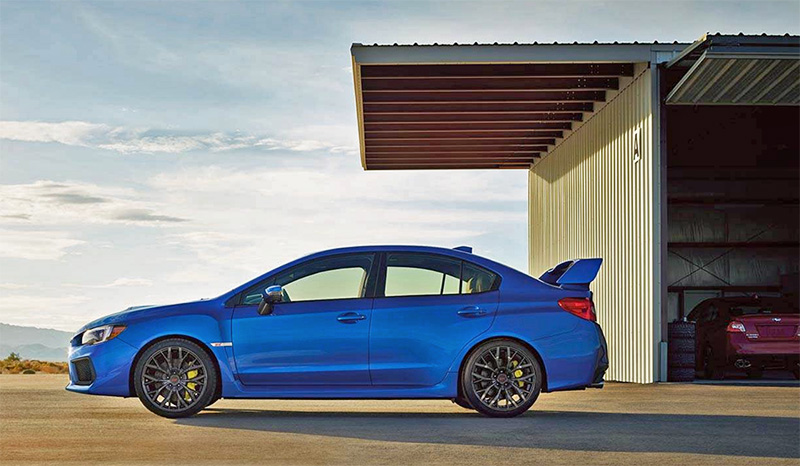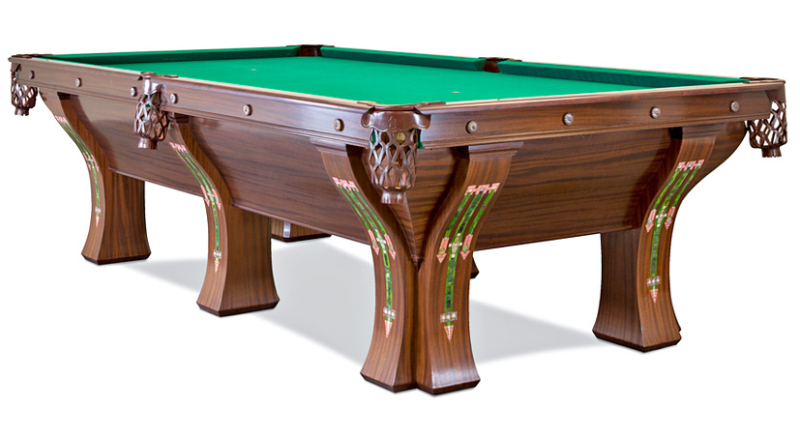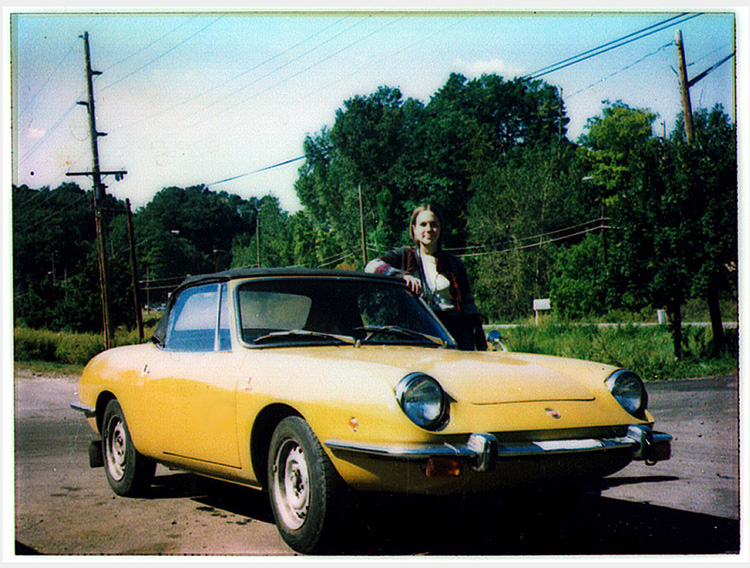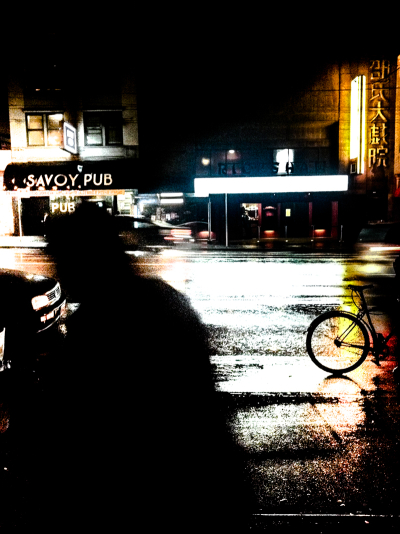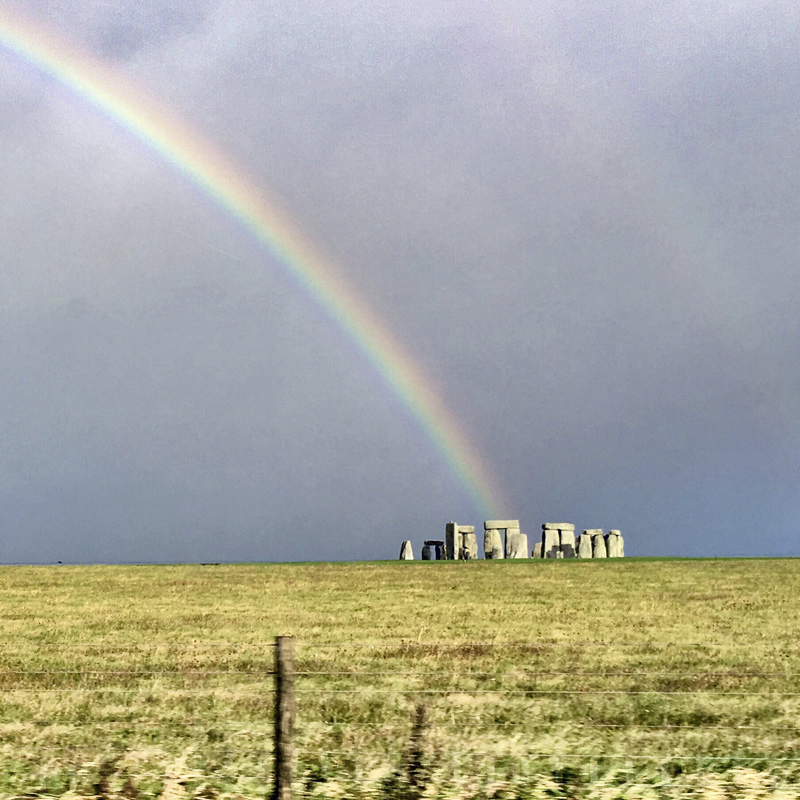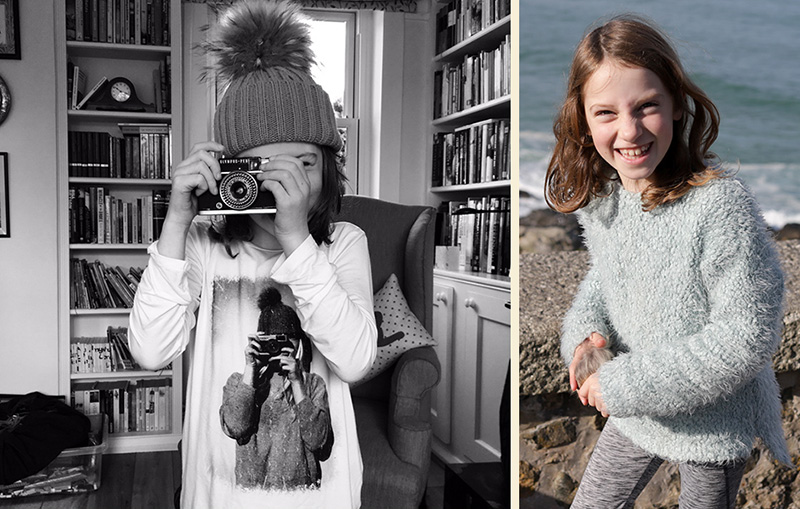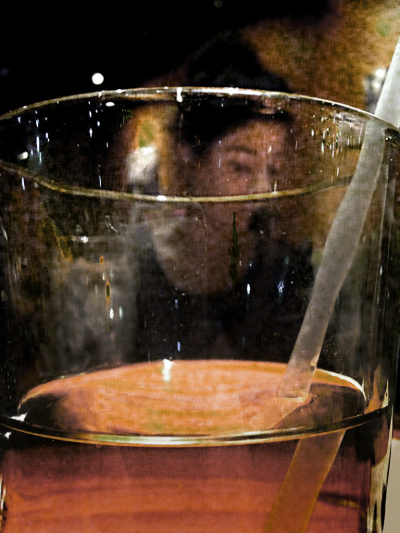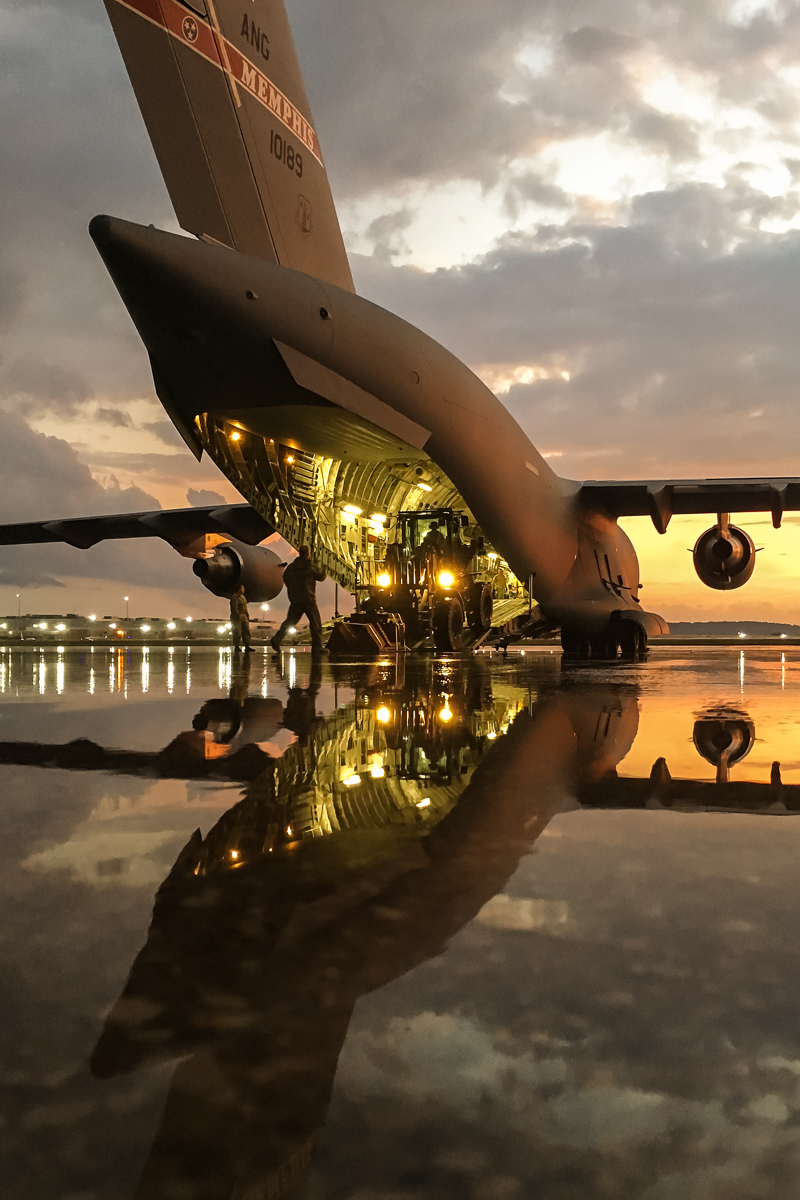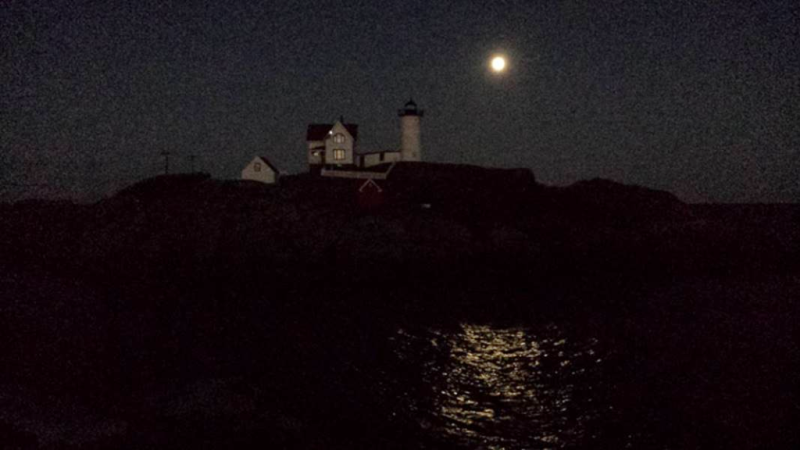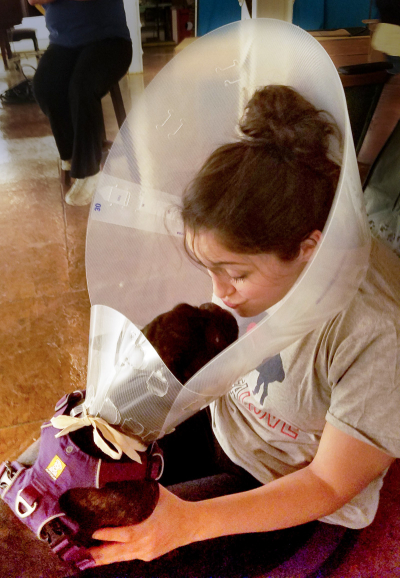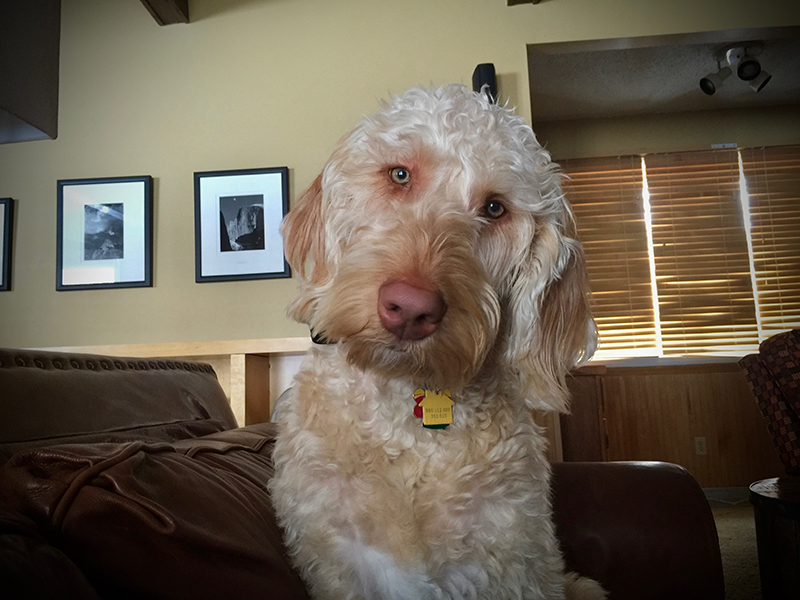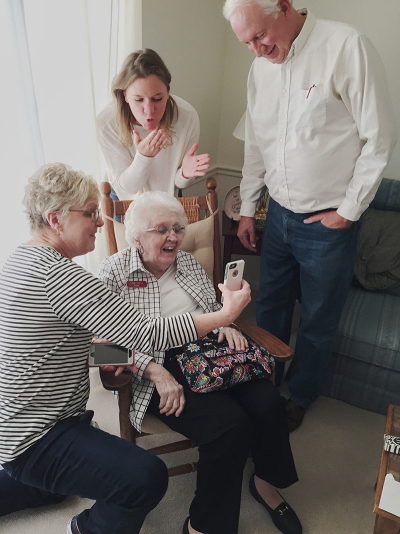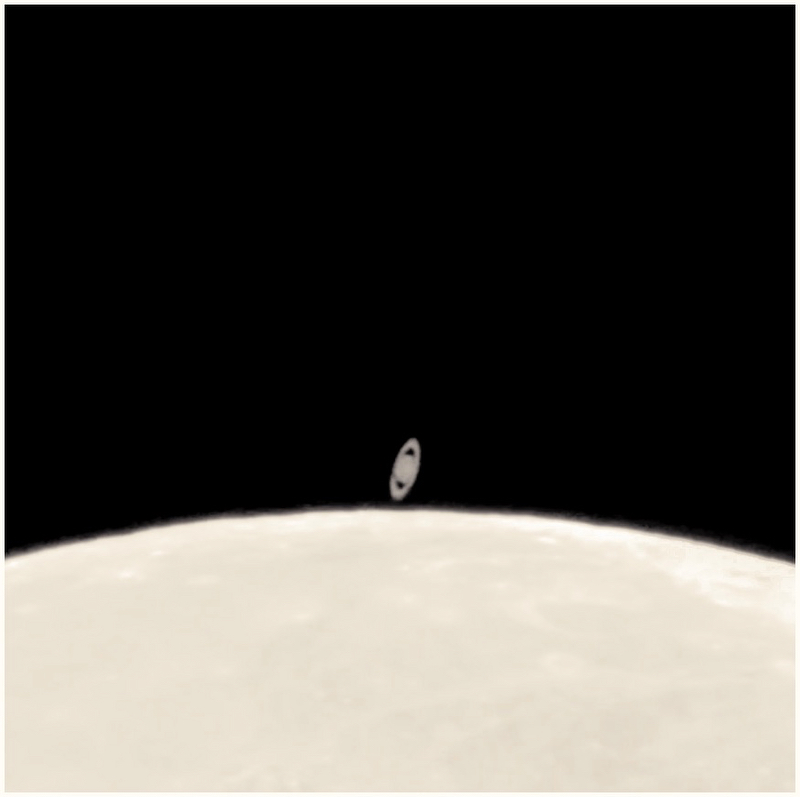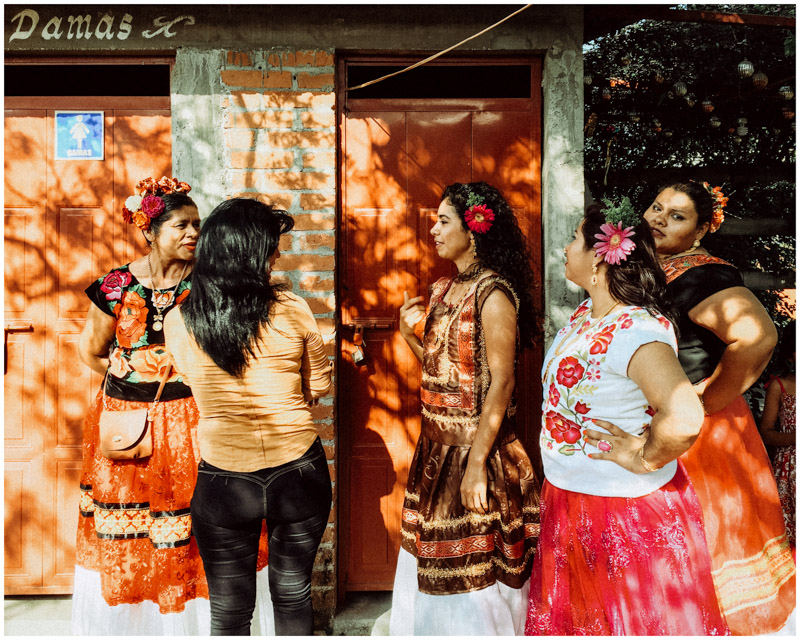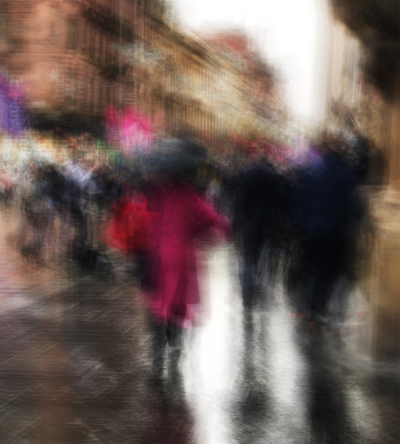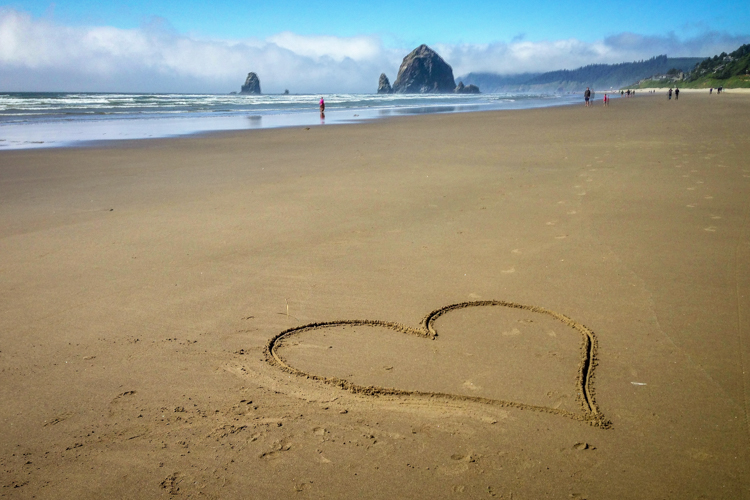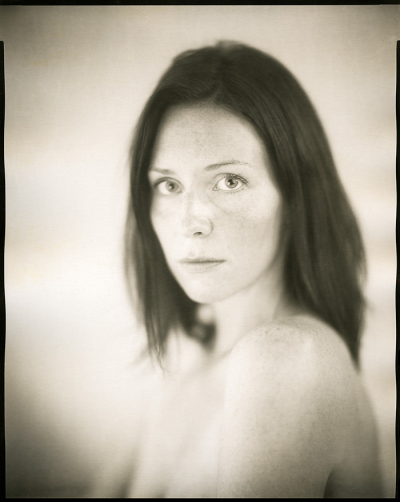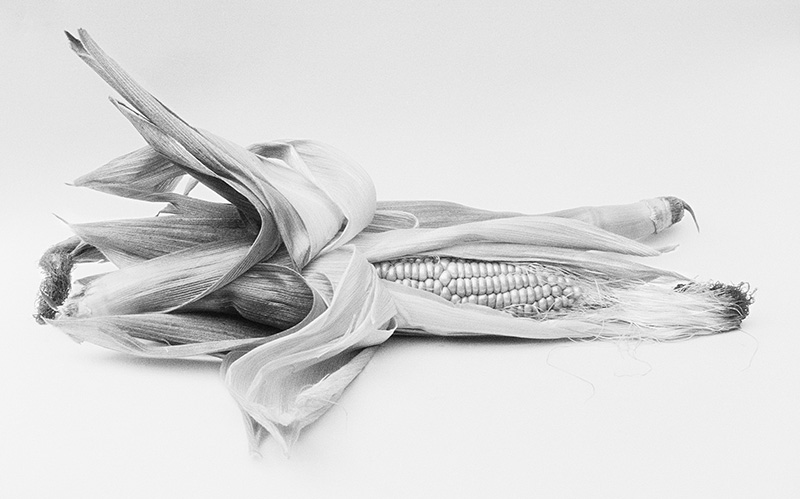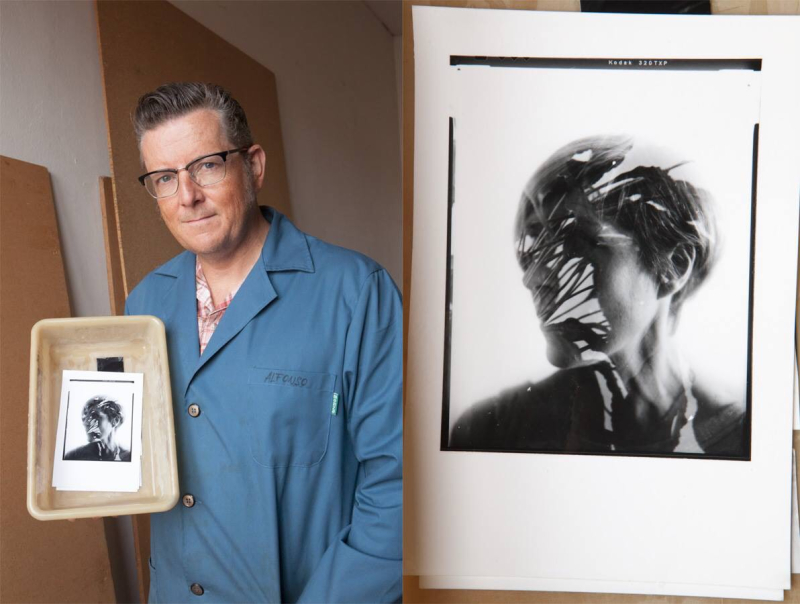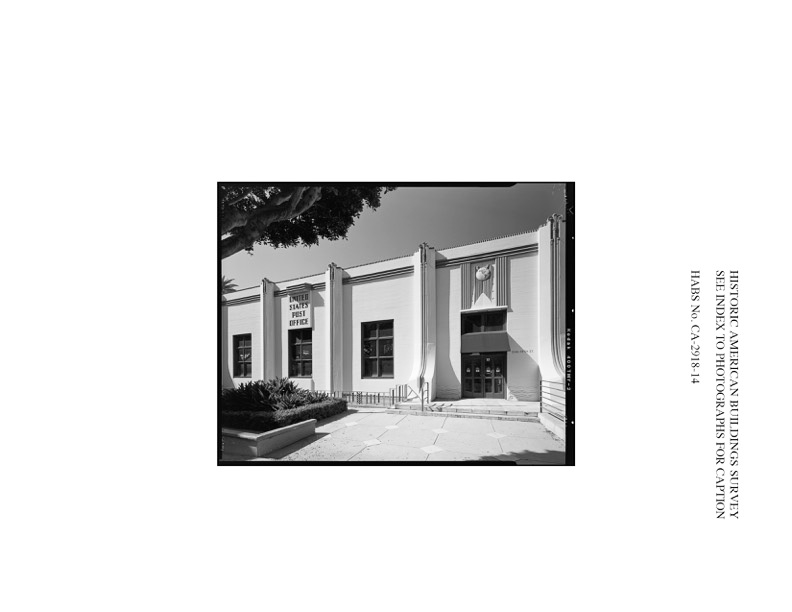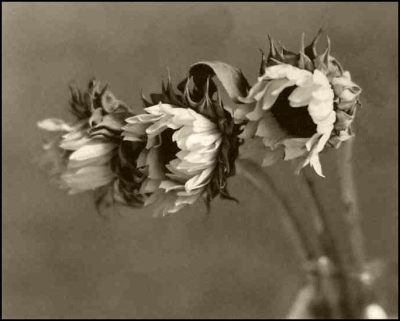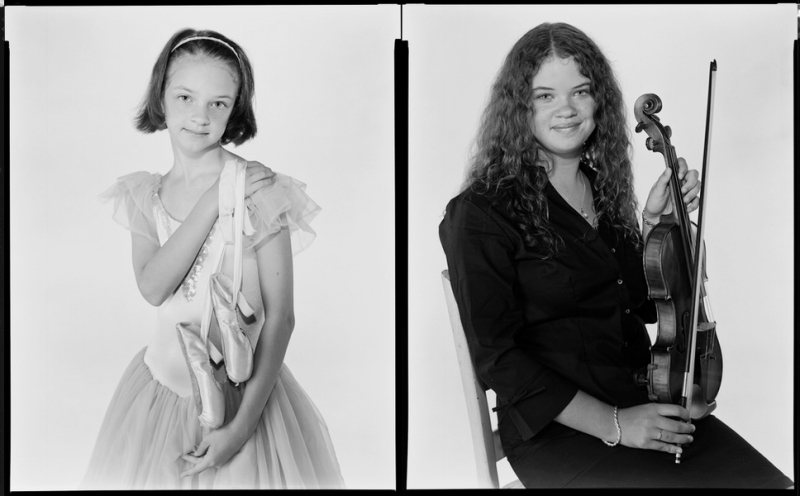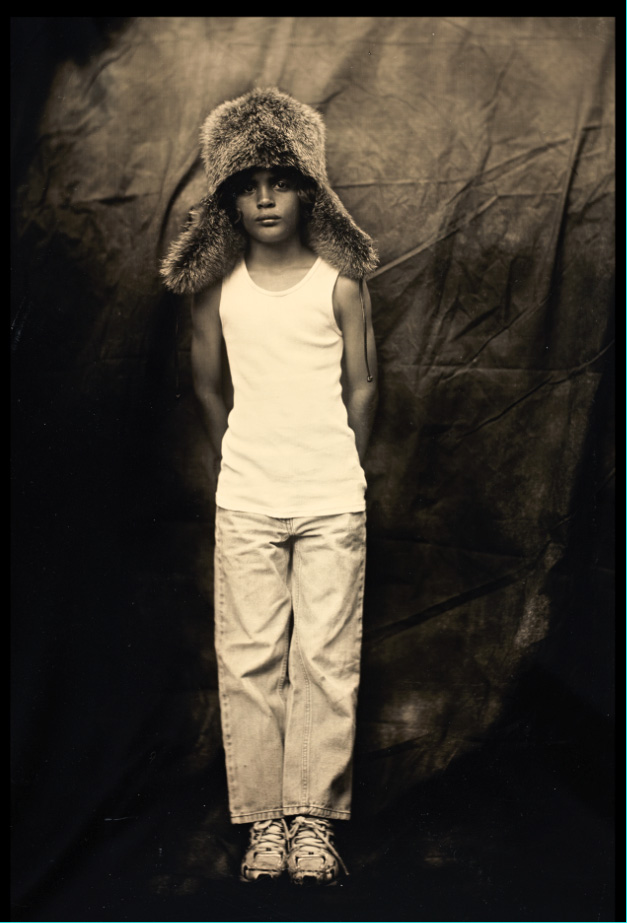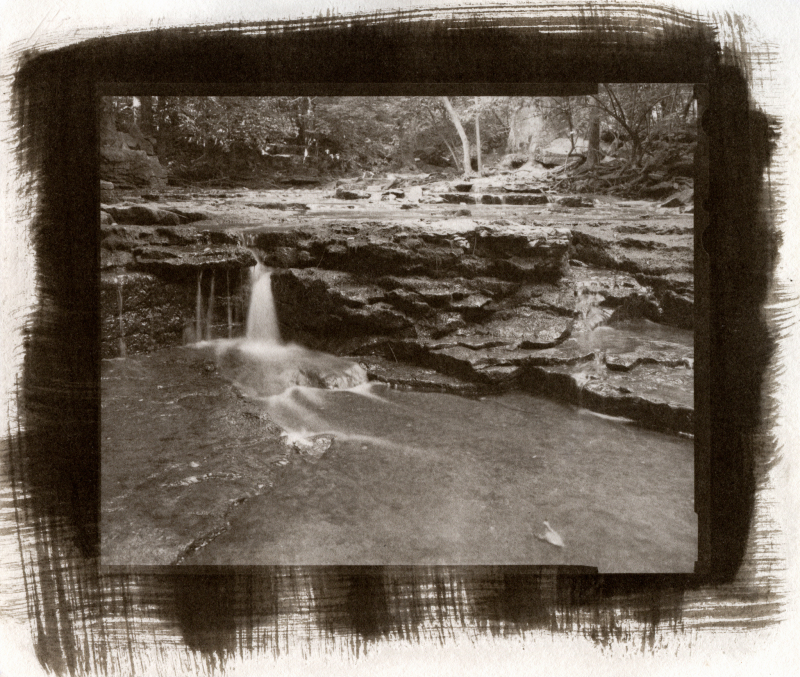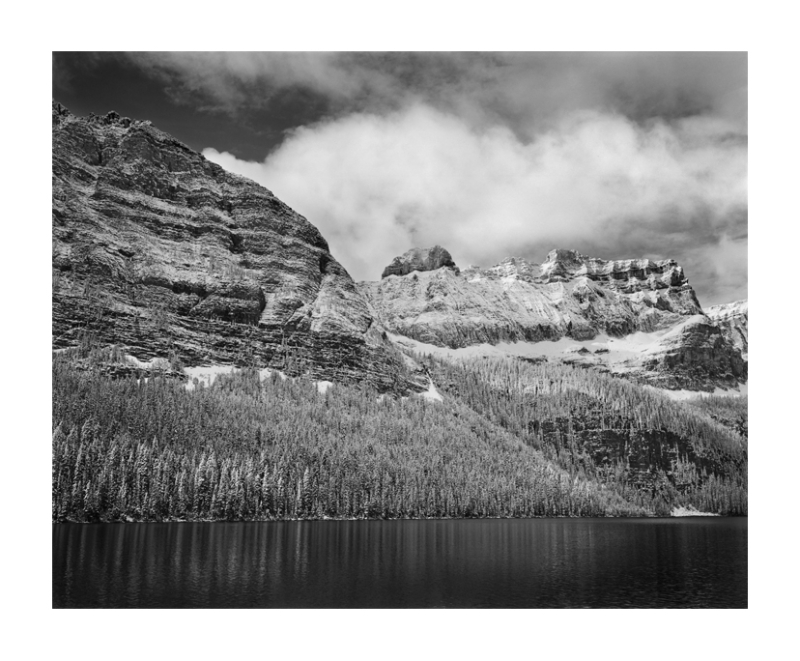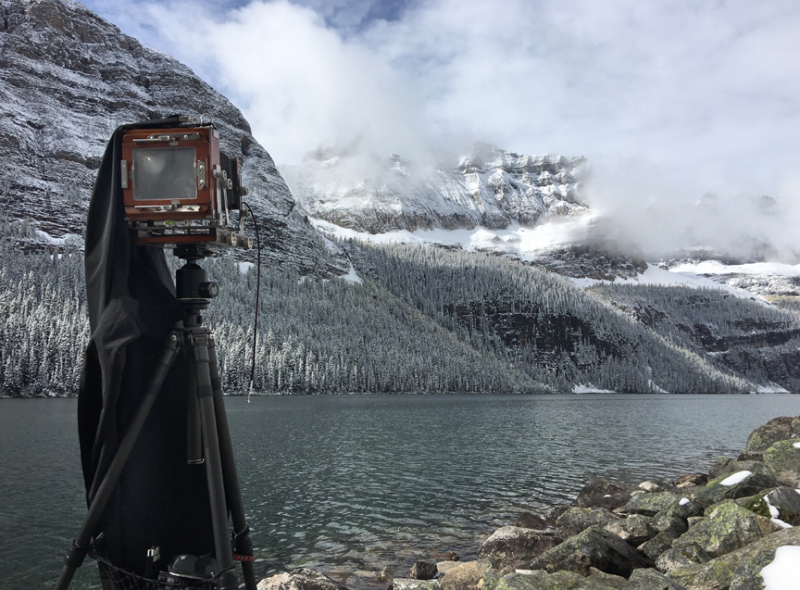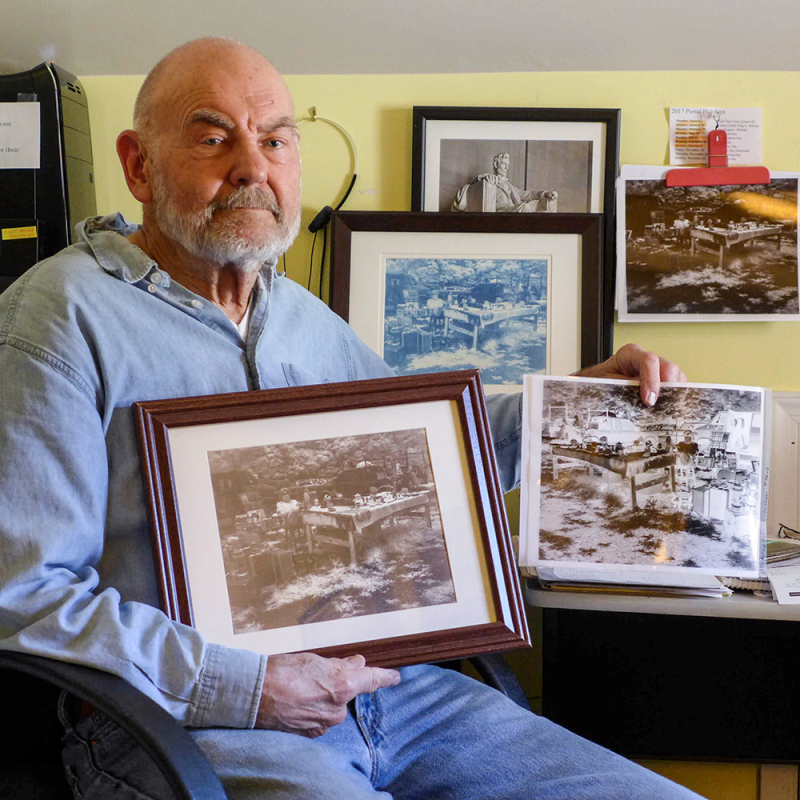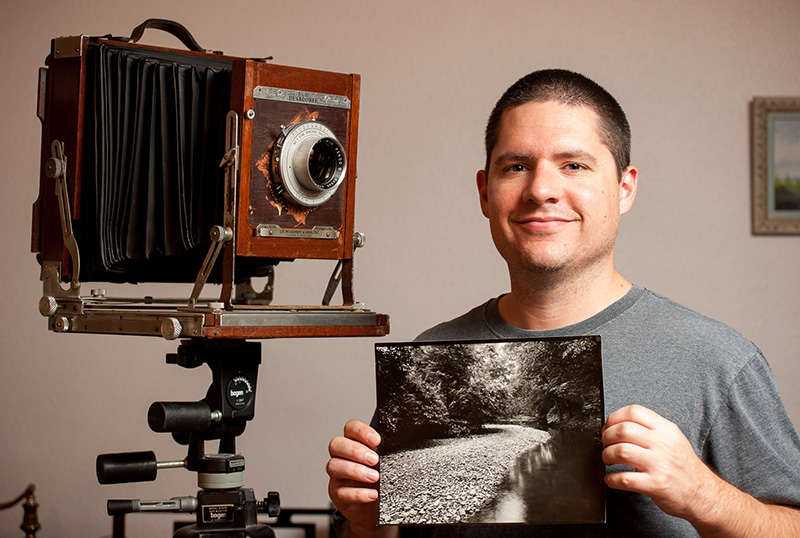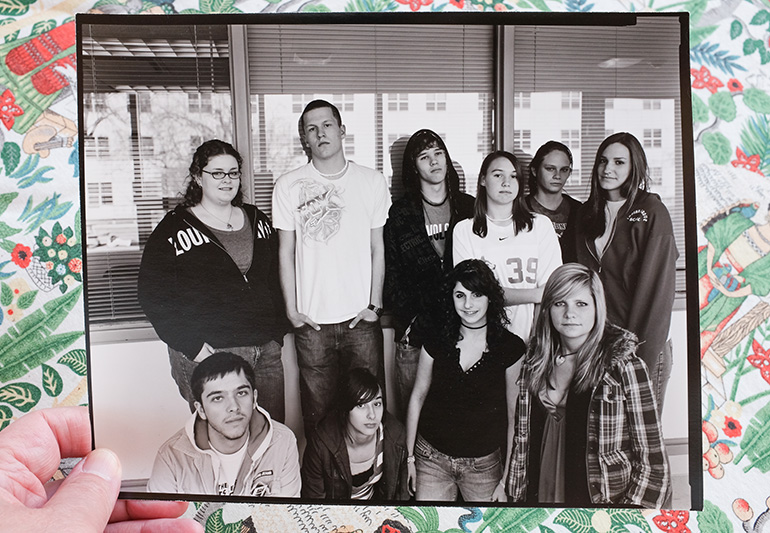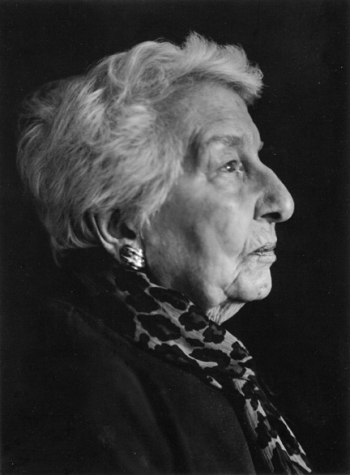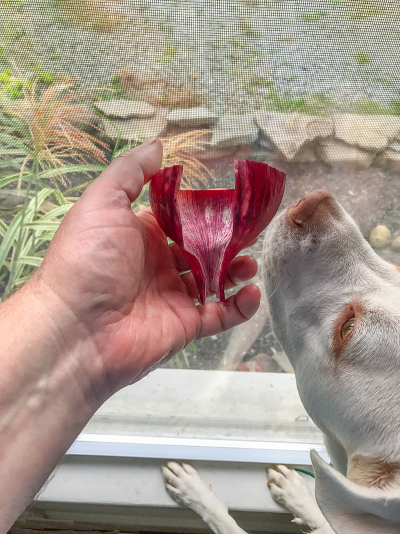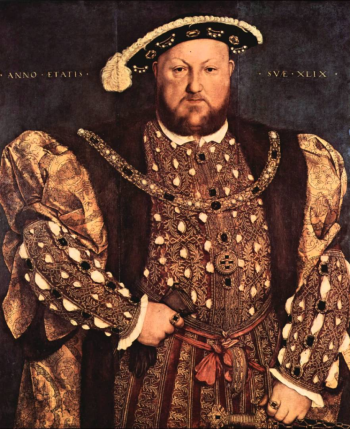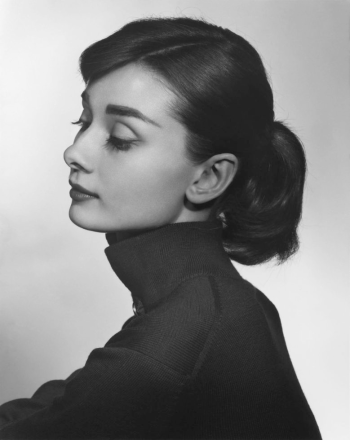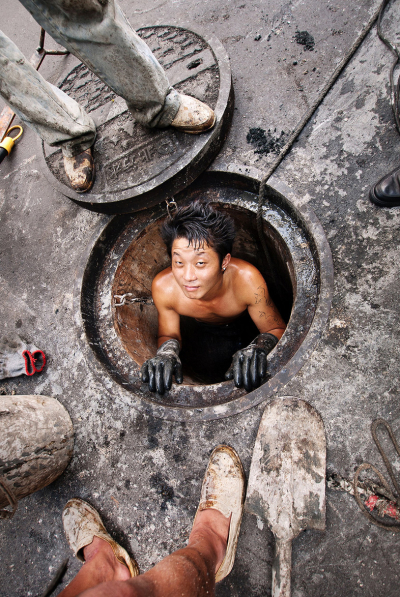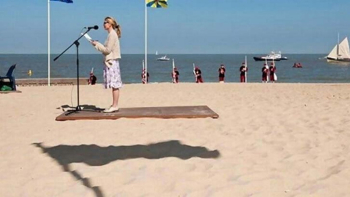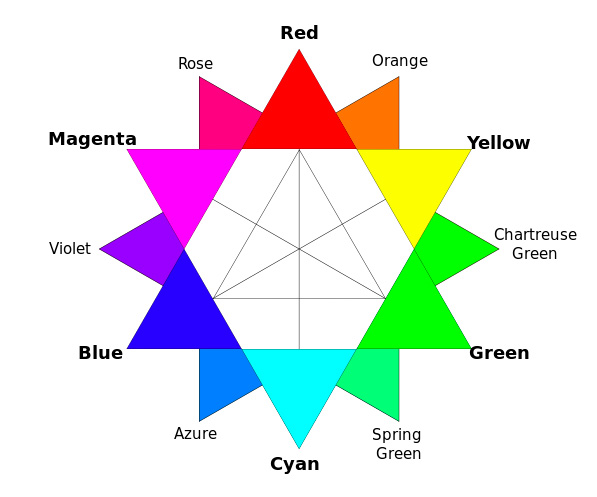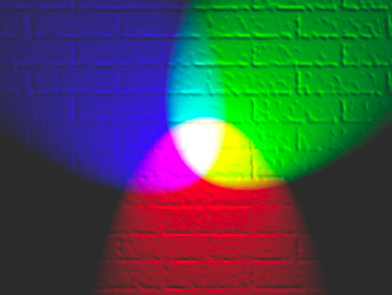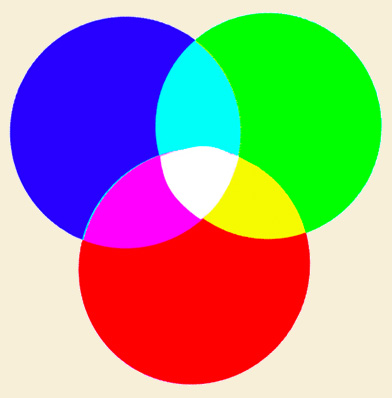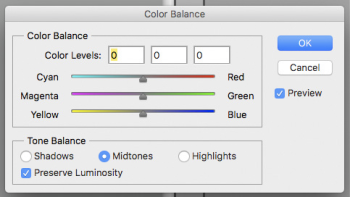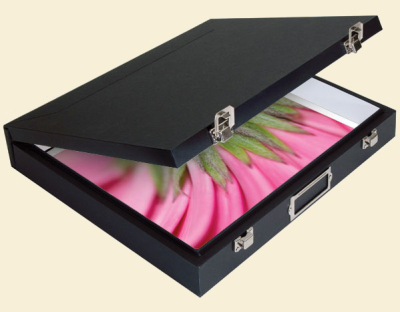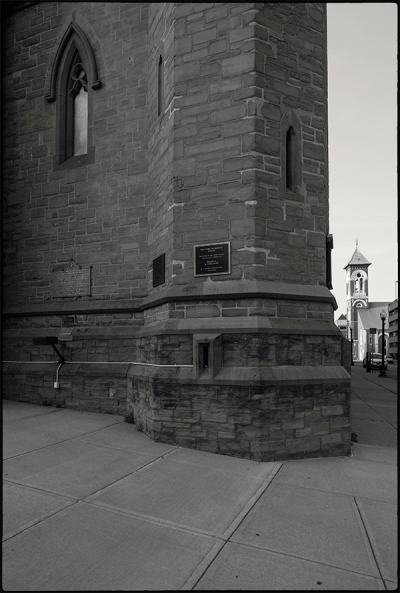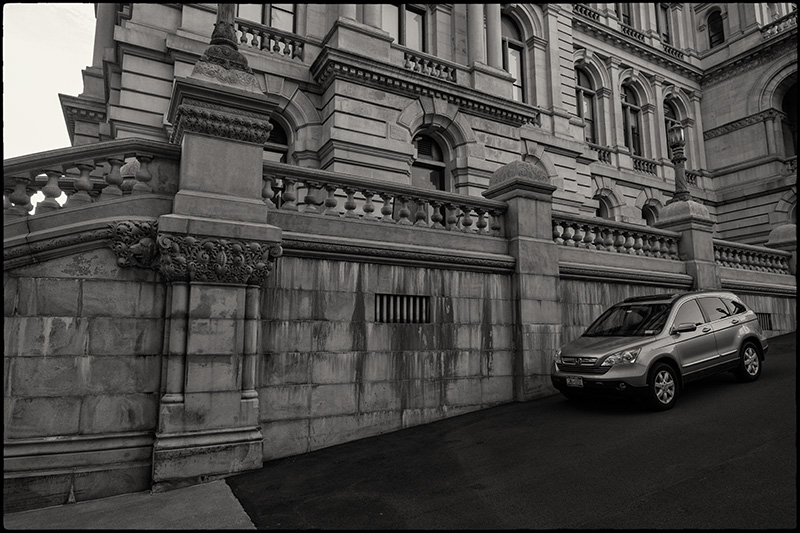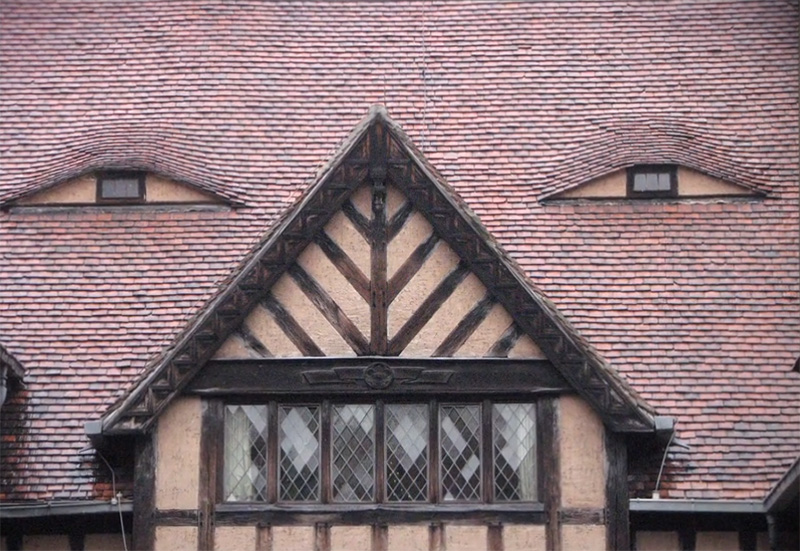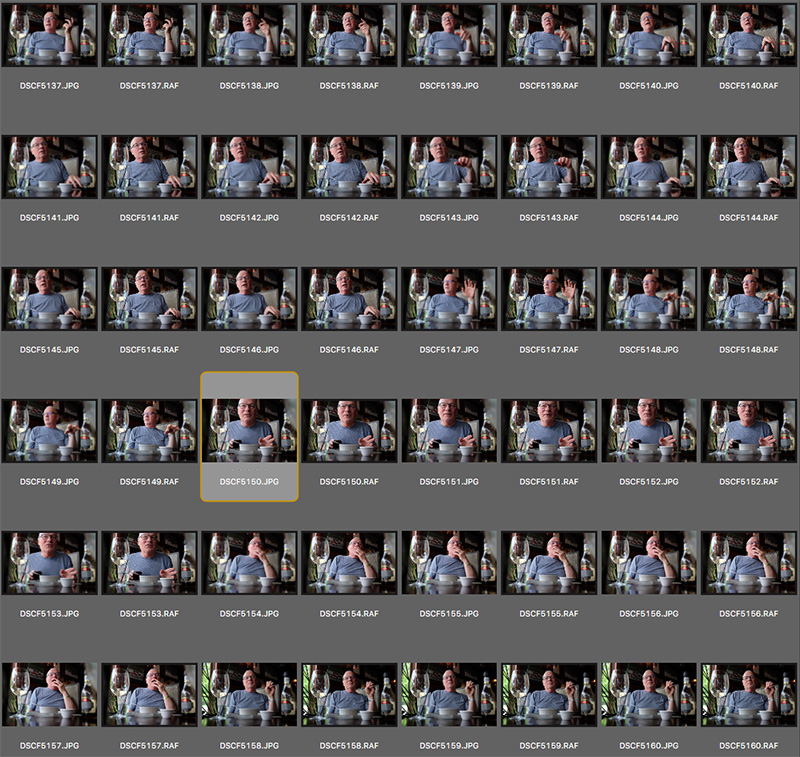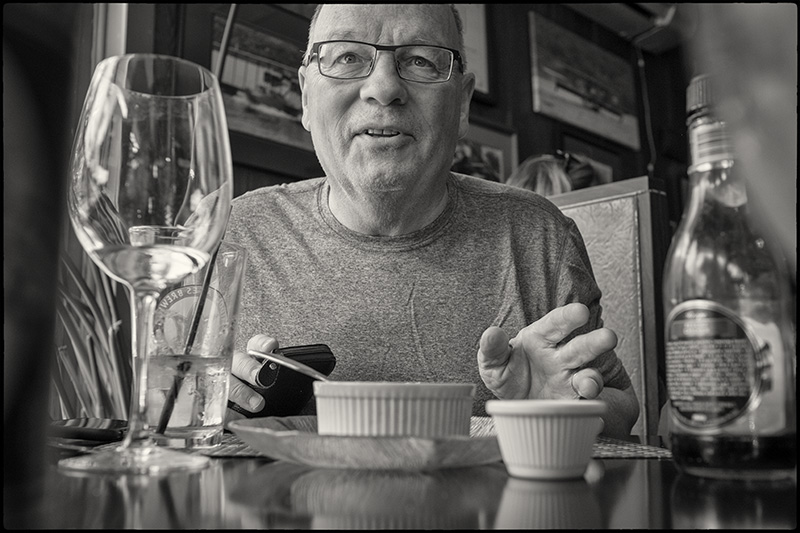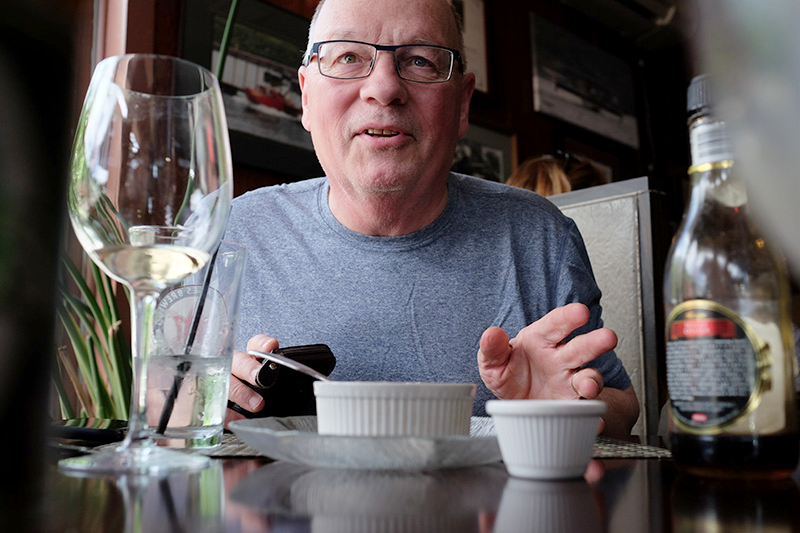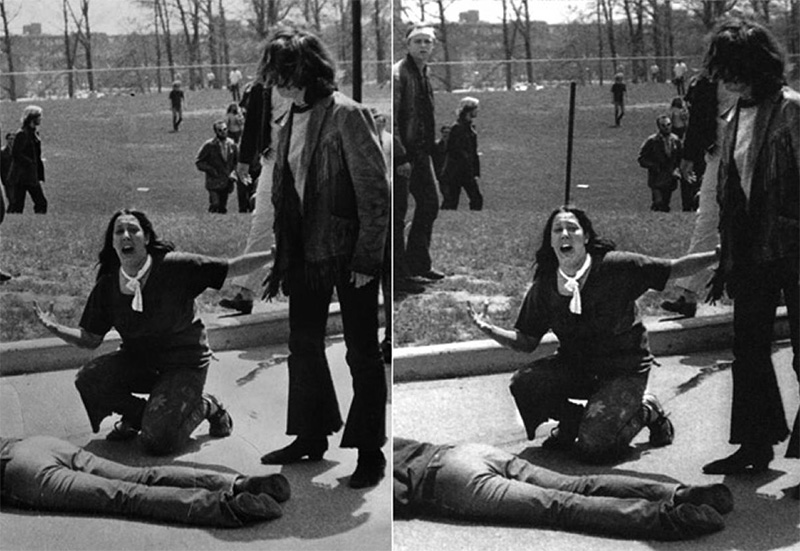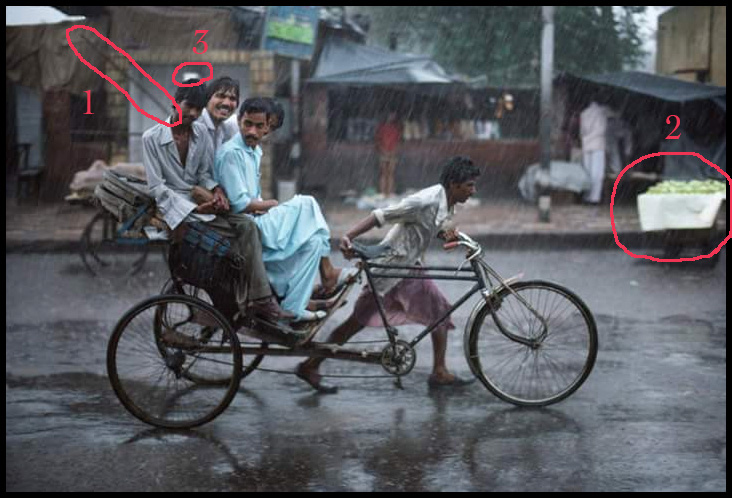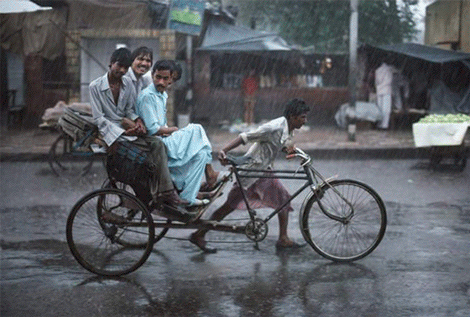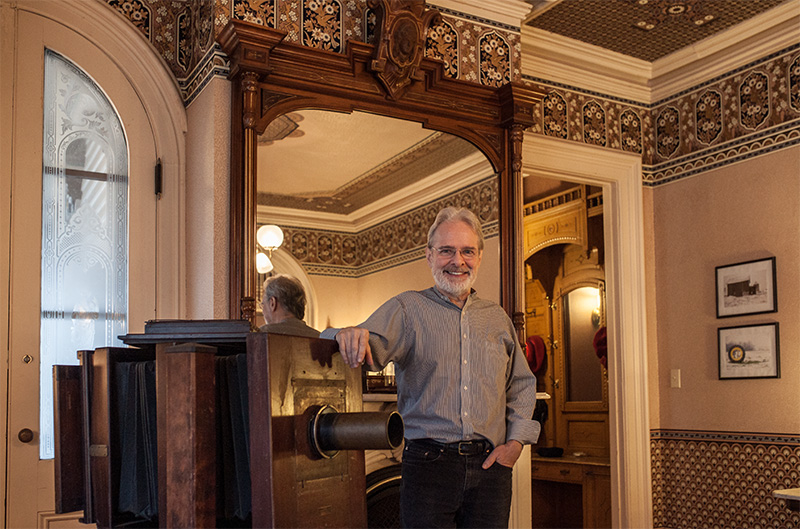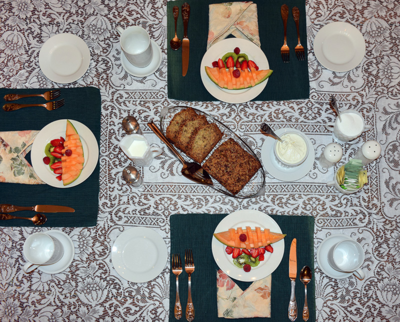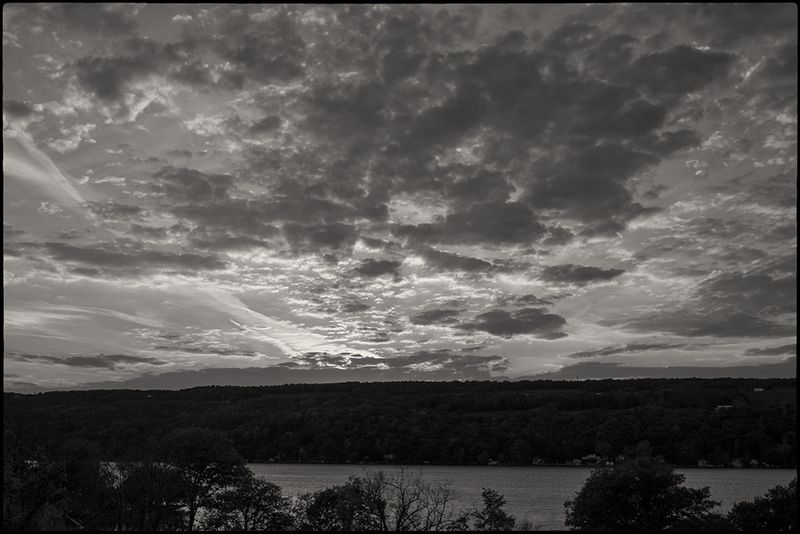A few suggestions for print storage boxes:
My personal favorites are Century Archival boxes. These are simple, sturdy, plain boxes but much more elegant than single-wall board boxes such as metal-edge boxes.
"Slimline" (shallow depth) Century Archival box
I prefer the ones that aren't too deep because once they're full of prints you can store them vertically on bookshelves. Of course that works better for the smaller print sizes. I particularly like the elegant 11x14x1 size, which fit on the same bookshelves I keep my photo books on.
8x10-inch Century Archival box
11x14-inch Century Archival box (1 inch deep, B&H; 2 inches deep, B&H; 1 inch deep, Amazon; 2 inches deep, Amazon.)
14x18-inch Century Archival box (B&H Photo, Amazon)
13x19-inch Century Archival box (1.5 inches deep, B&H Photo, Amazon)
16x20-inch Century Archival box
(For larger sizes, museum cases are sturdier. Read on.)
Solander cases
If you have the luxury of storing boxes flat, you're in luck these days. When fine, thick-walled archival Solander cases were made by American and British bookbinders, they cost so much that the market for them gradually withered away. I have an old Spink and Gabor (formerly "Gaborc") Solander case with a leather handle that is gorgeous. But now, China to the rescue!
Actually I don't know where these are made. China's just a guess.
Museum cases
The classic drop-back design was invented by the Swedish botanist Daniel Solander (1733-1782) while working for the British Museum
Anyway, offshore (shall we say) fabrication has made Solander cases accessible again. Here are two brands that are beautiful but aren't too expensive:
Archival Methods 14x18x2.5" Solander Museum Case (see the dropdown menu at the web page for other sizes)
Print File 14x18 Solander case (search the website for other sizes)
Note that the Print File cases are special-order products and can take a while to arrive.
For plain out-of-sight storage, search the term "metal edge box" at B&H Photo, Amazon, or other sources.
Plain ol' utilitarian metal edge boxes are acid-free and
will not rot your photographs
If you need a full-line archival museum supplies company, try Conservation Resources International in Oxford, UK, and Virginia, USA. Be aware that such businesses in general sometimes have a wait time before shipping product. CRI is better than some others.
Mike
Original contents copyright 2018 by Michael C. Johnston and/or the bylined author. All Rights Reserved. Links in this post may be to our affiliates; sales through affiliate links may benefit this site.
B&H Photo • Amazon US • Amazon UK
Amazon Germany • Amazon Canada • Adorama
(To see all the comments, click on the "Comments" link below.)
Featured Comments from:
Kenneth Tanaka: "I second Mike’s endorsement of the Century brand clamshell print storage boxes. They are rather pricey but they are quite robust. One key distinction they have over less expensive boxes is that the ends are robust enough to remain at 90 degrees rather than beginning to poke-out over time. I would also caution people to strongly consider whether or not they really need “museum cases”. Having spent much time in museum vaults handling museum cases my warning is that they are heavy. Darn heavy!. Their frames are made of wood and the panels must be made of lead (at least they feel that way by the end of a day schlepping them). If you go with simple archival metal-edged boxes (which are also just fine) be sure to get ones that feature drop-front bottoms. It makes removal of prints so much easier than simple closed-in edges."
Peter Komar (partial comment): "Wow, I actually own all three types of these cases, they all work quite nicely. My favorite is the hinged type with the carry handle but I only have one of that style. The others work just fine and I consider the last one for work-in-progress prints that have not yet been matted for presentation."
Rodger P. Kingston: "My biggest problem with portfolio boxes is that so few of them are available in digital print sizes: 8.5x11, 13x19, and 17x22 for example. If all us digital photographers can get used to these new sizes, you'd think that the box manufacturers could adapt as well. I'm forced to use the rather flimsy boxes and envelopes that printing papers come in (they don't look too impressive when you're showing work to a curator or gallery director). Does anybody out there know if any of these boxes mentioned above also come in the digital sizes? Or know of any other brands that do?"
Mike replies: Mark Hobson, who visited here a few days ago, told a funny story about using paper boxes for prints. He had a presentation to make at Kodak some years ago. He was careful to print the pictures for the proposal on Kodak paper—anything else was considered a major faux pas—but when he was in the elevator heading to the meeting at Kodak headquarters, he suddenly realized he'd had a major brain fart and was carrying the prints in an Agfa box! With no way to change at that point, he just soldiered through the presentation. He was lucky—it didn't turn out to be his last job for Kodak.
It's really strange that after a great many years with standardized photo paper sizes, we somehow decided to switch to completely different sizes for digital inkjet paper. It makes no sense, and furthermore I don't know by what odd mechanism the new consensus was reached. It seems to have to come about by some type of black magic or mass delusion. However it happened, it's pointless, needless, and confusing.
JOHN GILLOOLY: "I've been following these posts with particular interest. My personal experience is that when I use boxes, I seem to never actually open them! The prints seem to go in and never surface again. I have settled on a hybrid of your suggestions. I have settled upon 8.5x11-inch stock and I print various image sizes on that canvas. But I have decided to use the Itoya Art Profolio products. Most of my printing consist of 6x9 on 8.5x11 stock. Usually Epson Premium Luster or Portfolio Rag. Most of these prints are of family and I have been making a concerted effort to write the appropriate info on the back of each print. For these family images, I have been using the thicker volume book which has 90 pages for a 180 print book. For "art" prints, I do have some in the archival boxes but also mostly use these same Itoya products for that as well. I often pick through those books and send prints to a client for some occasion. But I love the idea that was mentioned of the 'wine party.'"
AN: "Regarding the change in standard photo paper sizes, I imagine it's due to copier/printer manufacturers (and copier/printer paper manufacturers) sticking with the ANSI standards they were already using before they all got into the photo printing market. Epsons and HPs and Canons and Ricohs were all primarily printing text documents before dabbling in graphics...and then better graphics...and then 'photo quality' graphics...and before you know it, there's a photo printer designed for standard document-size paper, and a bunch of paper options that have crept along the same development path in parallel. The fact that ANSI sizes are all a bit bigger than the closest classic photo print sizes (and therefore can be cut down, if desired) would just ease any friction in the transition."
